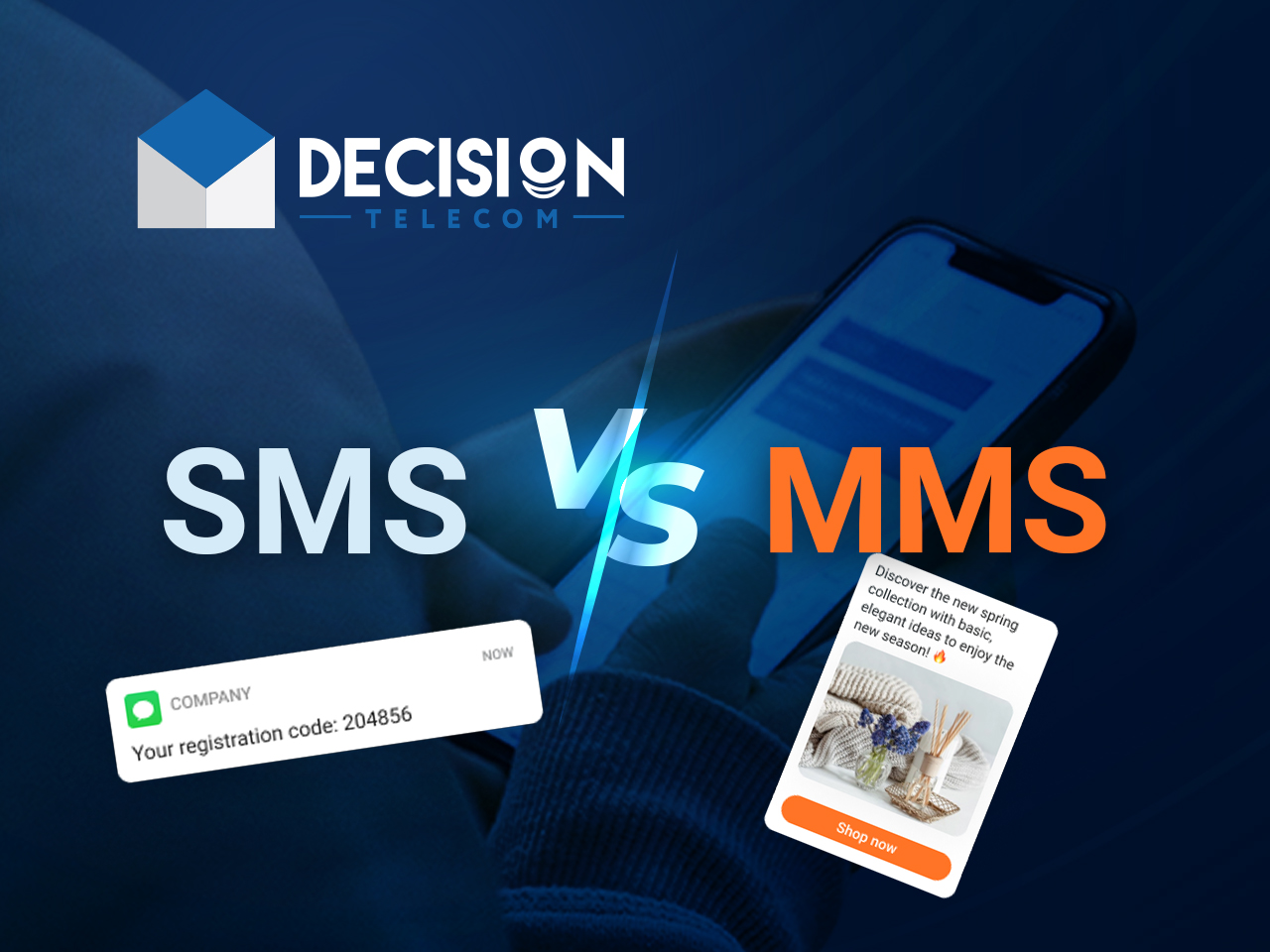MMS video has revolutionized the way we communicate, allowing users to send and receive video content through mobile devices effortlessly. As technology continues to advance, the significance of MMS video in our daily lives has grown, offering a dynamic platform for sharing experiences, emotions, and information. In this article, we will explore the evolution of MMS video, its features, its impact on communication, and how it has integrated into various aspects of our lives.
In the sections that follow, we will cover various aspects of MMS video, including its technical specifications, popular use cases, and the future of multimedia messaging as technology evolves. Whether you are a casual user or a business looking to leverage MMS for marketing, this article aims to equip you with valuable information on MMS video and its role in modern communication.
Table of Contents
- What is MMS Video?
- History of MMS
- How MMS Video Works
- Benefits of MMS Video
- MMS Video vs. SMS Video
- Popular Use Cases of MMS Video
- MMS Video in Business
- The Future of MMS Video
What is MMS Video?
MMS video refers to the capability of sending short video clips through the Multimedia Messaging Service protocol. Unlike traditional SMS, which is limited to text, MMS allows users to enhance their messages with multimedia content.
Key Features of MMS Video
- Supports video files of varying lengths and sizes.
- Allows the addition of images and audio alongside video content.
- Compatible with most mobile devices and platforms.
- Can be sent individually or in group messages.
History of MMS
The concept of MMS was introduced in the early 2000s as mobile technology began to evolve. The first MMS-enabled devices hit the market around 2002, allowing users to send images and text messages. Over time, the service expanded to include video capabilities, enhancing the overall user experience.
Milestones in MMS Development
- 2002: Introduction of MMS technology.
- 2004: First video messages sent via MMS.
- 2006: Widespread adoption of MMS among mobile users.
- 2010: Integration of MMS with social media platforms.
How MMS Video Works
To send an MMS video, users typically select the video file they wish to share, compose a message, and then send it via their mobile device. The process involves encoding the video for transmission, ensuring it meets the size and format requirements set by the carrier.
Technical Specifications
- File Size: Typically, MMS videos are limited to 300 KB to 1 MB, depending on the carrier.
- Formats Supported: Common formats include MP4, 3GP, and AVI.
- Transmission: Videos are sent over the mobile network, requiring an active data plan.
Benefits of MMS Video
The advantages of using MMS video extend beyond mere entertainment. Here are some key benefits:
- Enhanced Communication: MMS video allows users to convey emotions and messages more effectively.
- Increased Engagement: Videos tend to capture attention better than text alone, leading to higher engagement rates.
- Convenience: Sending videos via MMS is quick and easy, making it accessible to everyone.
MMS Video vs. SMS Video
While both MMS and SMS allow users to send messages, there are notable differences between the two, especially regarding video content.
Comparison Overview
- Content Type: SMS is limited to text, while MMS supports multimedia.
- File Size: MMS can handle larger files compared to SMS.
- Cost: MMS messages may incur additional charges, while SMS is often included in plans.
Popular Use Cases of MMS Video
MMS video is utilized in various scenarios, enhancing communication in personal and professional settings.
Examples of Use Cases
- Sharing family moments through video messages.
- Marketing campaigns featuring promotional videos.
- Customer service interactions using video tutorials.
MMS Video in Business
Businesses increasingly leverage MMS video for marketing, customer engagement, and communication.
Strategies for Businesses
- Using MMS for promotions and product launches.
- Engaging customers with video content in their marketing strategies.
- Providing support through video messaging for better customer service.
The Future of MMS Video
As technology continues to advance, the future of MMS video looks promising. With the rise of 5G and enhanced mobile capabilities, users can expect faster transmission speeds and higher quality video content.
Trends to Watch
- Integration with social media platforms for greater reach.
- Increased personalization in video messaging.
- Potential for interactive video content.
Conclusion
In summary, MMS video has become an integral part of modern communication, enhancing the way we connect with others. Its ability to convey emotions and information through multimedia has made it a preferred choice for many users. As technology continues to evolve, the future of MMS video holds exciting possibilities for personal and business communication.
We encourage you to explore the potential of MMS video in your daily interactions and consider how it can enhance your communication strategies. Feel free to leave a comment below, share this article, or explore more content on our site!
Closing Remarks
Thank you for taking the time to read this article on MMS video. We hope you found the information insightful and valuable. Be sure to visit us again for more articles on technology and communication trends!

/what-is-sms-mms-iphone-2000247-Final-5c38a50846e0fb0001673a66.png)
